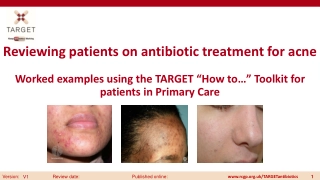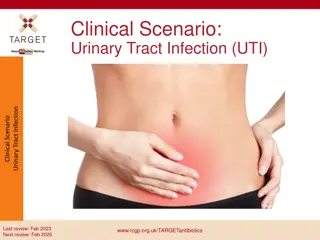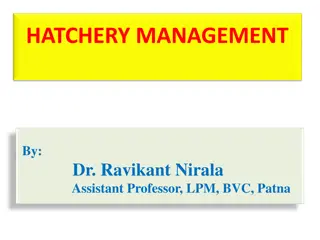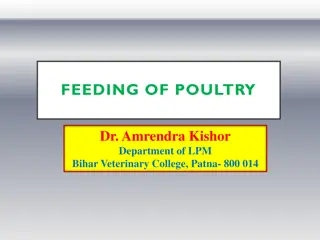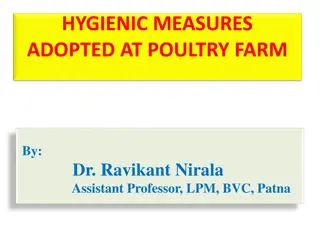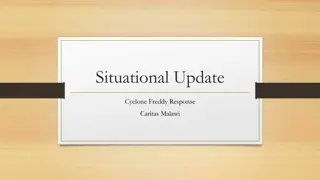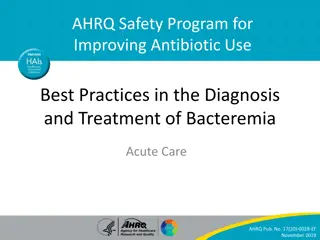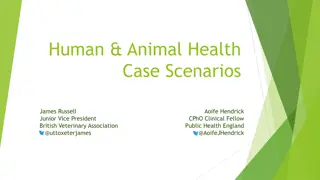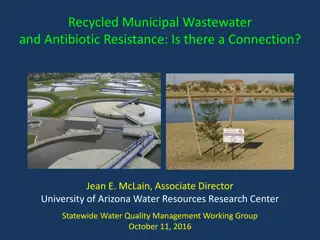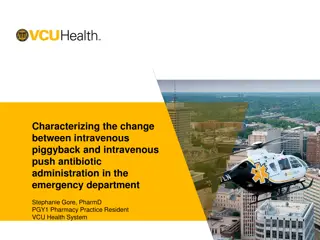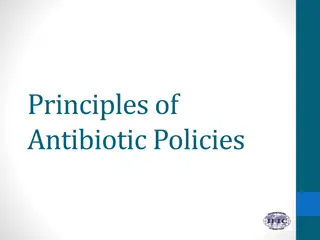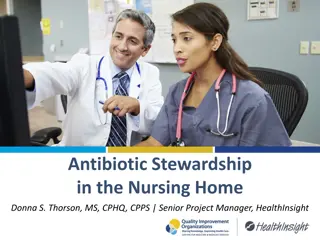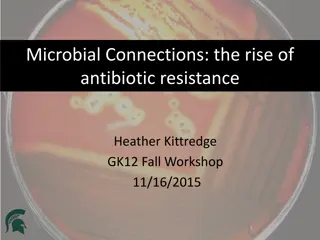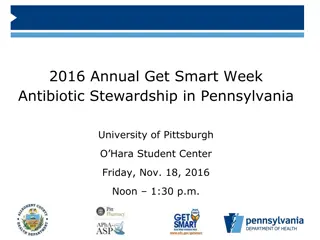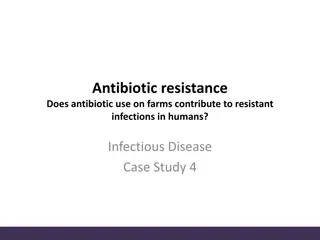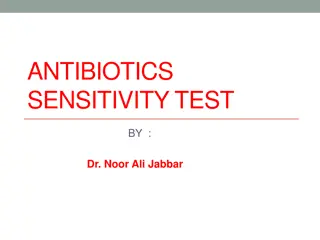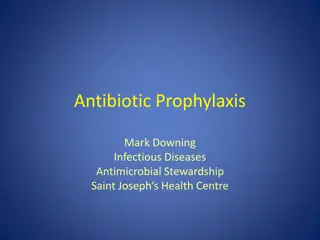Understanding Antibiotic Resistance in E. coli from Poultry, Humans, and the Environment in Malawi
This research project in Malawi investigates the patterns of antibiotic resistance in Escherichia coli isolated from poultry, humans, and the environment. Preliminary results reveal insights into knowledge, attitudes, practices, and microbiological aspects related to antibiotic use. The study aims to address the global threat of antimicrobial resistance through a One Health approach, highlighting the interconnectedness between animal, human, and environmental health.
Download Presentation

Please find below an Image/Link to download the presentation.
The content on the website is provided AS IS for your information and personal use only. It may not be sold, licensed, or shared on other websites without obtaining consent from the author. Download presentation by click this link. If you encounter any issues during the download, it is possible that the publisher has removed the file from their server.
E N D
Presentation Transcript
CHARACTERISING T H E R E S I S T A N C E PATTERNS AND AMR DRIVERS OF Escherichia c o l i I S O L A T E D FROM POULTRY, HUMANS AND ENVIRONMENT IN THE CENTRAL REGION OF MALAWI: A ONE HEALTH APPROACH Catherine Kamwana
C O L L A B O R A T I V E P R O J E C T INTRODUCTION AMR Global OH threat In animals, antibiotics used f o r p r o p h y l a x i s and growth intensify the risk to humans and the environment Collaborative Project: AMR patterns of E.coli in poultry, humans and the environment against 9 classes of antibiotics Drivers of AMR Study Location: Central Region, Malawi
PRELIMINARY RESULTS a. KNOWLEDGE Know antibiotics Knowledge Among Each Category 42% 120 58% 100 80 60 Yes No 40 Know AMR 20 0 Yes No Yes No Yes No 47% 53% Smallholder Mult iplier Nucleus Know Antibiotics Know AMR Yes No
PRELIMINARY RESULTS b. ATTITUDES
PRELIMINARY RESULTS c. PRACTICES DURATION OF ANTIBIOTIC USAGE - H U M A N stop f e e l b e t t e r 2 3 % SELF MEDICATION Get e x t r a 2 % Finish d o s e 7 5 % Y e s 4 1 % N o 5 9 % DURATION OF ANTIBIOTIC USAGE - P O U L T R Y 62% 20% 10% 5% 3% 1 As directed 2 weeks 1 week < 1 week Once they getter
PRELIMINARY RESULTS MICROBIOLOGICAL
FUTURE UTILISATION Come up with a policy brief Evidence-based awareness campaigns Opportunities for further studies


